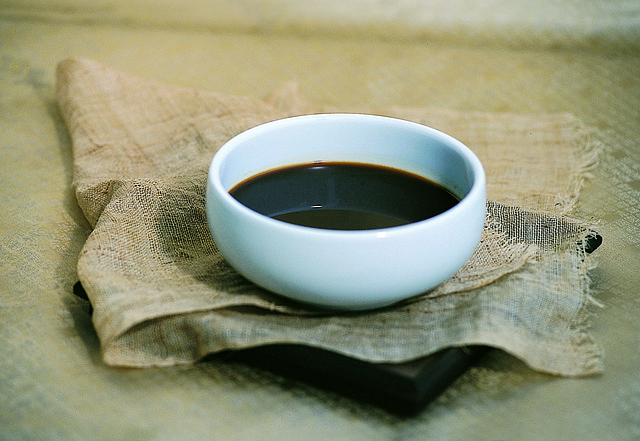Hot and cold therapy for muscle pain involves alternating heat and ice to stimulate blood flow, reduce inflammation, and speed healing. Heat increases circulation and relaxes muscles, while cold constricts vessels and numbs pain. Regular sessions improve flexibility, recovery, and performance. Professional guidance is recommended for severe injuries or post-surgery to ensure safe and effective contrast therapy tailored to individual needs.
Discover the power of contrast therapy for optimal recovery. Hot and cold therapy, also known as thermotherapy, is a simple yet effective technique to alleviate muscle pain and improve circulation. This article explores the benefits of regular contrast application, guides you in creating an effective recovery routine, and provides insights on when to seek professional guidance for enhanced healing. Incorporate hot and cold therapy into your wellness regimen today for faster, more efficient recovery from muscle pain.
Understanding Hot and Cold Therapy
Hot and cold therapy for muscle pain is a time-tested method that involves alternating between heat and ice applications to promote healing and alleviate discomfort. This technique, often known as contrast therapy, works by stimulating blood flow and influencing nerve impulses. Heat increases blood circulation, which brings essential nutrients and oxygen to the affected area, helping to relax muscles and reduce spasms. Cold, on the other hand, constricts blood vessels, reducing inflammation and numbing the pain.
By combining these two treatments, you can achieve optimal results in muscle recovery. Hot and cold therapy aids in breaking down adhesions and scar tissue that may form after an injury, allowing for better flexibility and range of motion. It also helps to flush out metabolic waste products and toxins from the muscles, further speeding up the healing process. The key is to use them at the right intervals; applying heat for 10-15 minutes followed by cold for 10-15 minutes, repeating this cycle several times a day can be beneficial for muscle pain relief and recovery.
Benefits of Regular Contrast Application
Regular application of contrast therapy, involving alternating between hot and cold treatments, offers numerous benefits for optimal recovery, especially when dealing with muscle pain. Hot and cold therapy for muscle pain is a time-tested practice that helps to reduce inflammation and promote blood circulation. The heat component expands blood vessels, increasing blood flow to the affected area, which can speed up the healing process by delivering essential nutrients and oxygen. Conversely, cold therapy constricts blood vessels, reducing blood flow and minimizing swelling.
This dual action not only alleviates muscle soreness but also helps in the elimination of metabolic waste products that build up during physical activity. By regularly incorporating contrast therapy into your post-workout or recovery routine, you can experience improved flexibility, reduced muscle stiffness, and faster overall recovery. This simple yet powerful technique is easily accessible and offers a natural approach to managing muscle pain, making it an excellent addition to any fitness enthusiast’s or athlete’s toolkit.
Creating an Effective Recovery Routine
Creating an Effective Recovery Routine involves integrating both active and passive recovery methods, one of which is contrast therapy—a powerful tool in managing muscle pain. This technique alternates between hot and cold treatments to stimulate blood flow, reduce inflammation, and promote healing. For optimal results, incorporate contrast therapy 2-3 times a week after intense workouts or physical activities that cause muscle strain.
During your routine, start with hot therapy (e.g., soaking in a warm bath or using a heating pad) for 10-15 minutes to relax muscles and improve flexibility. Follow this with cold therapy (like an ice pack or cold compress) for 10-15 minutes to constrict blood vessels, reduce swelling, and numb the affected area. This cycle can be repeated 2-3 times, ensuring each session offers significant contrast between heat and cold. Consistency is key; regular sessions will lead to better recovery, reduced muscle soreness, and faster return to peak performance.
When to Seek Professional Guidance
If you’re considering contrast therapy as part of your recovery routine, it’s crucial to understand that timing is key. While many people can safely incorporate hot and cold therapy for muscle pain into their self-care regimen at home, there are instances where professional guidance is essential. If you have a history of severe injuries, underlying health conditions, or are recovering from surgery, consulting with a healthcare provider or physical therapist before starting contrast therapy is imperative.
They can assess your individual needs and provide personalized advice on the frequency and duration of treatment. Additionally, they may offer guidance on specific techniques to ensure safety and effectiveness, tailored to your recovery goals. Remember, while contrast therapy has numerous benefits, it’s not suitable for everyone, and professional oversight ensures you get the most out of this natural healing approach without any adverse effects.
Hot and cold therapy, also known as contrast therapy, is a powerful tool for managing muscle pain and enhancing recovery. By incorporating regular sessions into your routine, you can experience improved circulation, reduced inflammation, and faster repair of damaged tissues. Whether it’s a quick hot shower followed by a cold immersion or alternating between heat packs and ice packs, consistency is key. Aim for 15-20 minutes, 2-3 times weekly for optimal results. However, if your pain persists or worsens, always consult a healthcare professional to ensure safe and effective recovery practices tailored to your needs.
